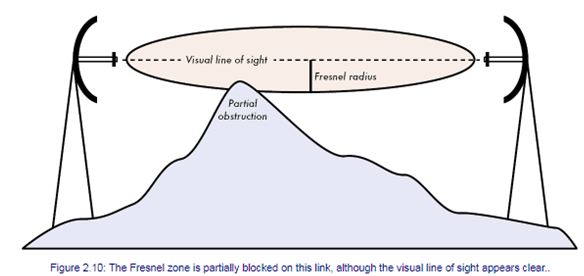LoRa can go up to thousands of KM! (how much really in Singapore?)
There are many videos, news and website telling us of the wonders of LoRa. Much of the fascination with LoRa wireless is the maximum distance that data can be transmitted using LoRa. In theory, with it’s link budget, LoRa can go up to thousands of kilometers, easily going across countries! In reality, the distance is way less. This is because LoRa transmission distance depends on a few factors and this will be explored in this article.
1) Frequency used
Wireless electromagnetic signals used to transmit signals and data are often Radiofrequency (RF). This is a wide range of frequency from 3kHz up to 300Ghz. Commonly understood RF includes 2.4Ghz wifi that often use and 900, 1800,2100 and 2600Mhz that we use for cellular (handphones) communications. Lower frequency allows for longer distance but lower speed.
As you can imagine, lots of devices are using these frequency bands. Unfortunately, much like how our home wifi can be weakened by interference due to many other routers in close proximity, RF can be disrupted by the presence of other RF source. Compared to our RF we use for entertainment, some signals transmitted over RF can be critical and sensitive. As such, every country often pre-allocates different frequency bands for different usage.
In LoRa’s case, for Singapore, if one uses the ISM (industrial, scientific and medical) band between 920Mhz – 925Mhz, ther range for LoRa will be shorter compared to using 433MHz.
2) Transmission power
It is easy to understand that the higher the power, the longer the distance in LoRa signal can travel. Unfortunately, to be used in Singapore, transmission powers have to be kept below 500mW which will limit the distance. Line of sight
This is perhaps the most difficult to understand and the most misunderstood. By line of sight, it is generally understood that the antennas needs to be within sight of each other for there to be transmission. If there are obstructions, the distance will be reduced. While this is largely true, it is actually more complicated than that. It turns out that there are Fresnel (pronounced Frey – nel) zone.
We know from physics that electromagnetic waves (such as RF) can interfere constructively or destructively, propagates in circular waves and these waves reflect/refract. Turns out that there is an important radius at which there shouldn’t be any obstruction, otherwise, signal will be reduced.
Adapted from: http://www.vias.org/wirelessnetw/wndw_04_08b.html
In the example above, although antennas are directly pointing at each other, distance is still not optimal. The reason is because there is obstruction at Fresnel radius of Fresnel zone 1. From this example, one realises that knowing the Fresnel radius is extremely important. Thankfully, there are many calculators easily found online. An example is here.
3) Data load
This can be understood simply. Higher data load or speed requires more bandwidth. As a result the same power is able to send this higher load a shorter distance
As a result of all these factors, it is almost impossible to predict the maximum distance. For this reason, it is always a best practice to use the wireless for a much lower distance than advertised. For example, wifi is often cited to be able to cover a 100m radius, unfortunately, in our HDB flats, we often can’t detect the wifi signal from the router in the living room from our bedrooms and the distance is less than 10m. Now you know, there is probably obstruction in the Fresnel Radius!
That said, generally LoRa in Singapore, based on a combination of factors as above, can transmit up to 3km with no obstructions. With some obstruction, it can still easily transmit up to 1km. If you are looking to make use of LoRa, do have a look at what we can offer
